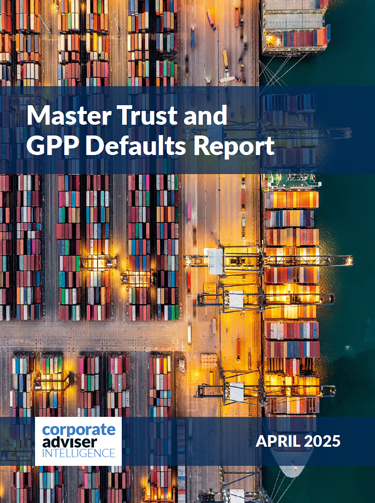Are DC savers confident about their retirement plans?
The simple and short answer is ‘no’. BlackRock’s 2024 UK Read on Retirement report found that the majority of adults in the UK are worried they are not on track for a reasonable standard of living in retirement, with 55% of respondents surveyed saying they feel they do not contribute enough to workplace pensions.
But while many people are concerned about their retirement prospects, the exact nature of these issues varies depending on age. Having a better understanding of these different concerns can help the industry offer more engaging solutions and products that address the specific needs of today’s DC savers.
How do different generations view their pension prospects?
Saving for retirement is low down the list of financial priorities for Gen Z and millennial savers. 57% of younger Gen Zers want to enjoy life today, rather than stress too much about planning for the future. Millennials may have different financial priorities, but this doesn’t mean they are paying more attention to pensions. Many face more immediate challenges, such as getting on the housing ladder, starting a family or dealing with the recent rise in living costs. As a result, 70% say they feel unable to plan for the future.
However, while pension planning may be on the back burner for these cohorts, many are building retirement savings through workplace pensions, although they are not always fully aware of the extent of this. For these groups, it isn’t just about saving more; better communication around pensions can help boost financial confidence.
This picture changes again for older generations: saving enough for retirement is one of the biggest concerns for Generation Xers. These are often seen as a ‘lost generation’ in terms of workplace pensions, missing out on more generous defined benefit pensions and only starting to save through automatic enrolment much later in their careers.
Not surprisingly, pensions are also the number one priority for those pre-retirees. 70% feel able to plan for the future, but this group may want guidance when it comes to making decisions around income generation.
How might sidecar savings initiatives help people feel more confident about retirement?
The industry might differentiate between pensions and other savings, but most people do not. Many people don’t have ‘rainy day’ savings to draw on in an emergency.
Helping people save for the short term through the workplace can establish good savings habits. This doesn’t just provide a financial buffer it can increase financial confidence, and encourage people to start addressing longer-term financial goals. Evidence from the NEST Insight ‘sidecar’ saving pilot shows those using this scheme were more likely to start saving in a pension.
A recent survey suggested that three-quarters (76%) of respondents would value the flexibility of a savings solution such as the NEST Insight ‘sidecar’. Not surprisingly, this was particularly popular among younger Gen Z and millennial savers.
How can the industry encourage people of all ages to save more for retirement?
As an industry, we have to be better at talking to savers about the issues they care about and in a language they can relate to.
Things have certainly improved over the last decade, but there is still some way to go when it comes to using simple, accessible and jargon-free terms in pensions engagement, which is key to getting people to save more.
Often, the focus for the pensions industry has been on investments, ensuring savers get the best return on their contributions. This is clearly important, but it’s also critical that we look at ways to encourage savers to increase contribution levels. Part of this is education: are workplace schemes communicating effectively with members about the benefits they offer? For example, are enough employees taking full advantage of employer matching schemes? Both providers and advisers have an important role to play in this.
But this shouldn’t just involve a conversation about pensions. Financial education goes further than this and should encompass both longer-term and shorter-term savings goals, while understanding the competing priorities savers have at different stages of their working lives.
For further information on BlackRock’s retirement report click here





